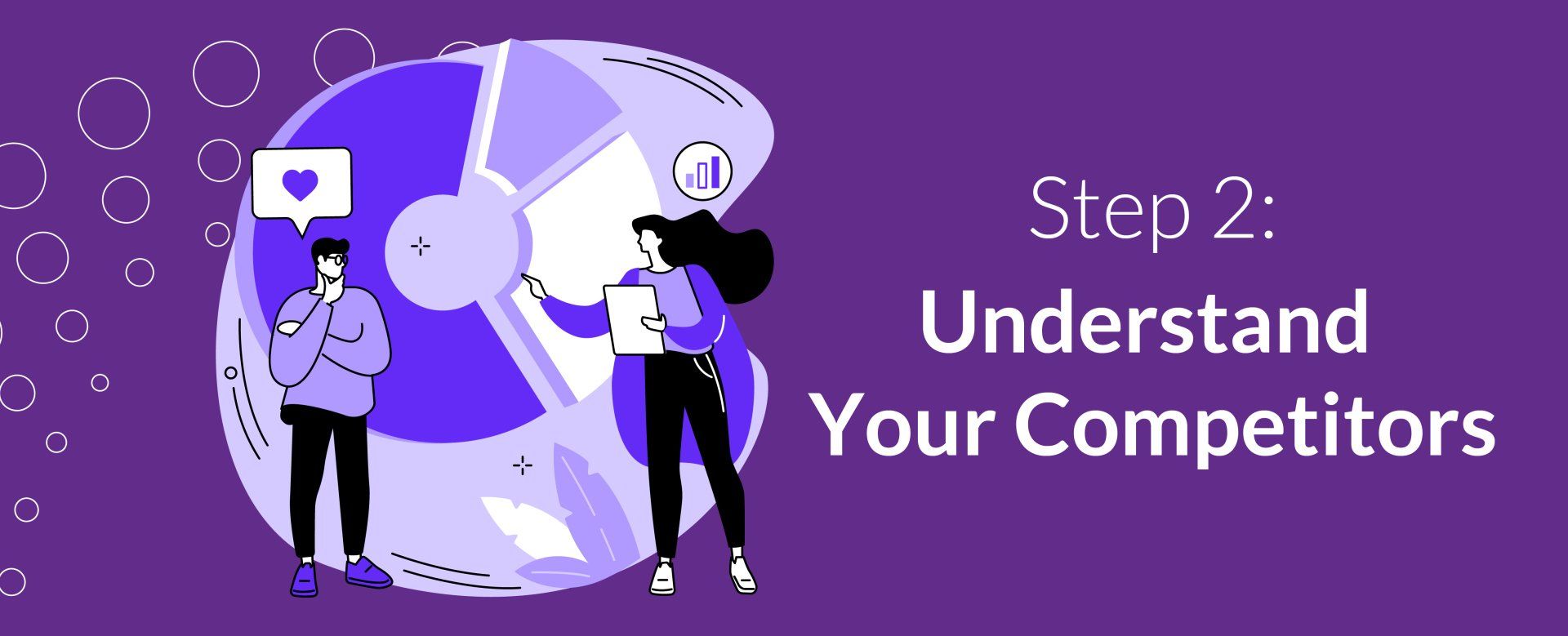Outcompeting Your Small Business Rivals in 3 Steps
There’s always going to be someone competing to satisfy the same Customers you are, even if the product or service you’re offering is completely unique, someone can still be trying to satisfy the same need in a different way.
Obviously you want those competitors to snatch up as few of your Customers as possible, but how do you go about this? The solution to
maintaining an edge over your competitors is a lot simpler than you think, let us walk you through it..

Step 1: Understand Your Customers
Before you can deal your competitors a knockout blow, you first need to know what it is you’re fighting them over.
That means sitting down and going over everything you know about your Customers. Here’s what you need to know:
- What are the pain points of your Customers? The problems you’re planning to solve with your offering, and that your competitors think they can solve better.
- What do your Customers value? Is it speed, simplicity, price, sustainability?
- What budget do your Customers have to spend solving their problems?
- Where are your Customers located?
- What are the demographics of your Customers? Age, family status, occupation, etc.
Compile all of this information and anything else you can find until you have a clear picture of the kind of people you want to keep your competitors from pinching from you.
(If you’ve already created a Customer Avatar, congratulations, you already have everything you need to complete this step.
Check out this blog to learn more about Customer Avatars.)

Step 2: Understand Your Competitors
Once you know your Customers, you need to identify your competitors. Only by knowing them thoroughly can you hope to effectively outmanoeuvre them.
Use all the materials they put out (Website, social media, newsletter, etc.) to gather the answers to the following questions:
- Where do they find their Customers? Not just geographically, but whether they’re getting them from the online or physical world.
- What online platforms are they making use of? And what platforms are they neglecting?
- What are they known for? What do people say about them?
- How do they present themselves? What does their marketing focus on as a selling point?
- What is the solution they are offering Customers? What value does it offer? What problems does it leave unsolved?
All of this data together will paint you a picture of where their strengths lie, where they are making Customers happy and how they are doing it. More importantly, it will show you their weaknesses, gaps and blindspots where they’re leaving Customer needs unmet and money on the table.
Now that you know where to strike, it’s time to do so.

Step 3: Expand On Your Differences
You won’t get anywhere trying to be the same as your competitors, so don’t waste your time. Inertia and brand loyalty mean that if you’re offering an identical experience to what Customers are already getting elsewhere, there’s few reasons for them to leave behind what they already know and like.
If you want to attract Customers away from your competitors, you need to be offering them something they can’t get from those competitors. This point of difference is what you should be focusing on in all of your marketing.
Common points of difference include:
- Price
- Convenience
- Quality or effectiveness
- Service Area
- Speed of service or delivery
Focus hard on that point of difference, on that thing that makes you special and shows Customers you’re the superior option. That’s how you place yourself above your competitors and establish yourself as the superior option on the market.
It will take some work to fully understand all the factors at play, but once you have that understanding you’re ready to go out and conquer your market. So do your research, understand your Customers, gauge the strengths and weaknesses of your competitors, and then exploit your point of difference.










